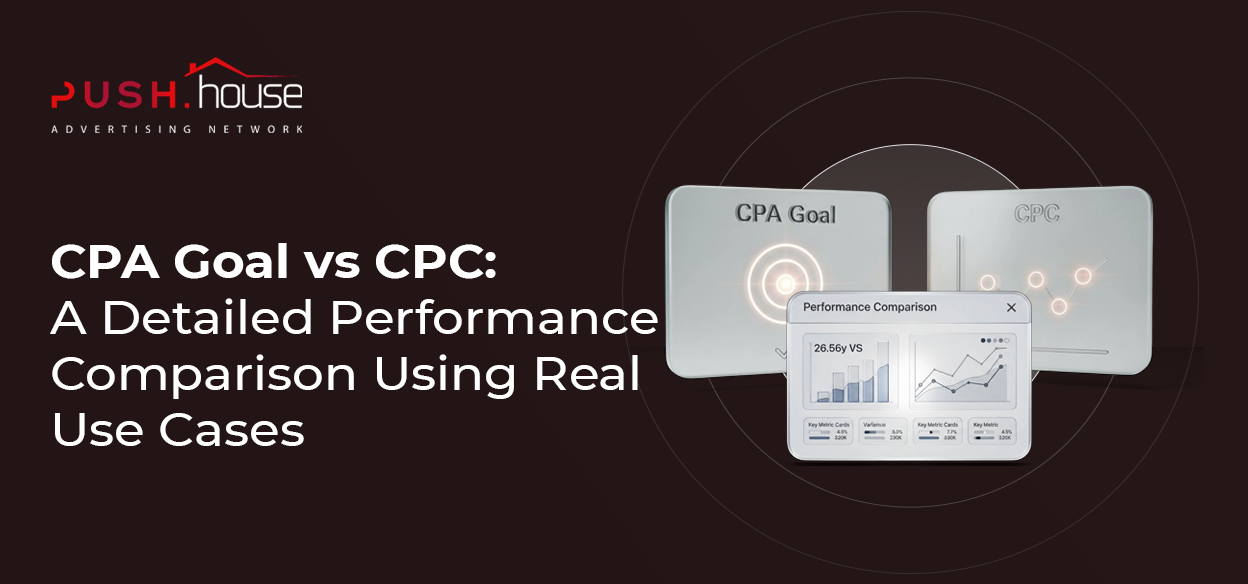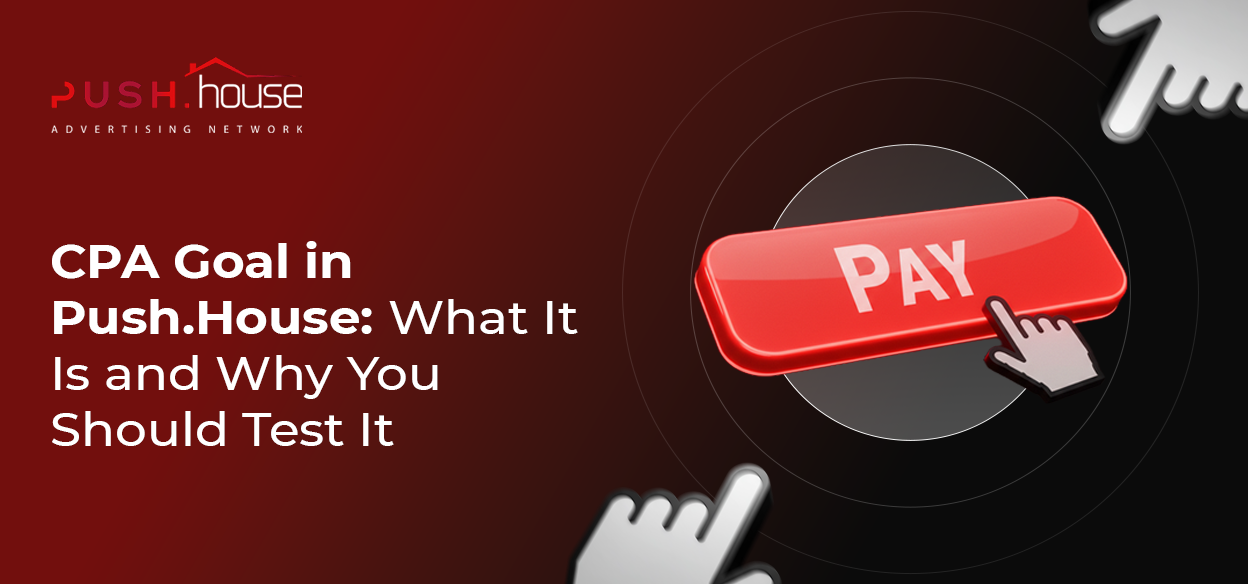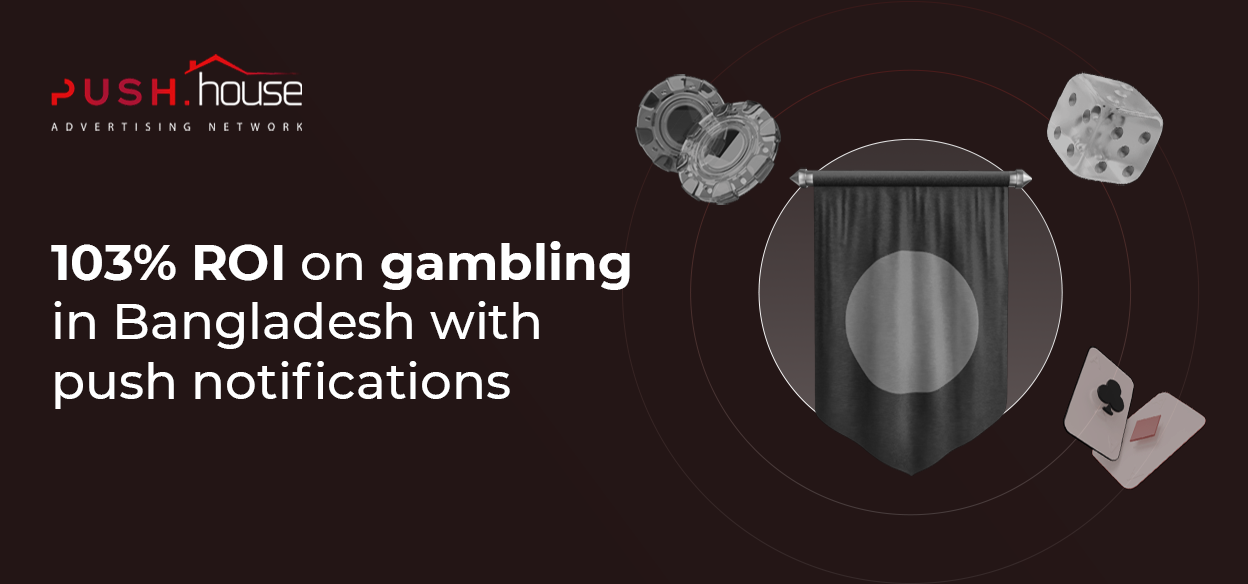
Tier 3 Traffic Arbitrage
Hey! Push.House here
In affiliate marketing, Tier 3 GEOs are often seen as the entry point. These are countries with cheap traffic, less ad fatigue, and way lower competition. But is it really that simple? Push.House team put together a no-fluff breakdown of how Tier 3 really works and prepeared honest and detailed review.
What is Tier 3?
Tier 3 typically refers to countries with developing economies, low purchasing power, and affordable traffic. These markets are often where beginner affiliates start — you can test offers and funnels with minimal spend. Users in Tier 3 aren’t jaded by ads yet. They’re curious, clicky, and more likely to engage. But here’s the catch: infrastructure can be weak, payment systems limited, and cultural context is key. So no — Tier 3 doesn’t mean “bad GEOs.” It just means you need a smarter, more flexible approach.
It’s important to understand that users in Tier 3 markets have different priorities and behaviors than those in Tier 1. That means your offers, creatives, and overall approach need to be fully adapted. Working in Tier 3 requires a smart, tailored strategy — but when done right, it can deliver stable ROI.
Many affiliates start out in Tier 3, treating it as a training ground. And while there are some clear advantages (like low competition and cheap clicks), there are also plenty of challenges that can catch you off guard.
Yes, CPC is low — but so is purchasing power, which directly affects your income.
If you’re looking for affordable traffic, want to test hypotheses without overspending, or just want to explore new markets — Tier 3 is 100% worth your attention. Just make sure you know what you’re walking into.
Key Characteristics of Tier 3:
- Low average income
- Simple audience that isn’t overwhelmed by advertising
- Cheap traffic compared to Tier 1 and Tier 2
- Minimal competition across most verticals
- Often unstable political or economic environment
- Limited number of local payment systems
- High engagement and strong response to flashy offers
Why You Should Try Tier 3
Tier 3 is a chance to enter affiliate marketing without major expenses while still collecting quality data. It’s a great testing ground for beginners — you can experiment with hypotheses, creatives, offers, funnels, and tracking with minimal risk.What’s more, users in these regions tend to have higher trust in advertising — they’re not burned out by clickbait and often click on ads out of curiosity. This increases both CTR and engagement. With proper optimization, it’s possible to run profitable campaigns even on very small budgets.
Push.House consistently sees strong demand for Tier 3 among partners — especially in verticals like gambling, betting, mobile installs, and dating. If you’re looking to expand into new GEOs, test a fresh offer, or boost your volumes, this segment is definitely worth your attention. The key is to approach the launch thoughtfully — and avoid the common mistakes.
Tier 3 Benefits
- Super low CPCs (starting from $0.001)
- Great for testing approaches on the cheap
- Low competition in formats like push, pop, and native
- Users respond well to bonuses, giveaways, and “quick win” offers
- Easy to scale high-volume campaigns
- Faster data collection
- Local offers often perform better here
The Challenges
Tier 3 isn’t just about low CPMs. There are many technical and behavioral factors that directly affect conversions. For example, in some regions, users can’t complete registration on the landing page due to a lack of available payment systems. Others may not have bank cards or access to e-wallets. On top of that, weak infrastructure often affects page load speed — if your landing page is too heavy, the user simply won’t wait for it to load.
There’s also a low level of trust toward unfamiliar brands and offers. You’ll need to focus more on emotional hooks, promises of rewards, and quick results. It’s also important to account for high levels of bot traffic and fraud, which makes using trackers and anti-fraud protection absolutely essential.
What you might face?
- Poor infrastructure = slow page loads
- Lots of fraud and bot traffic
- Difficulties with payments and payouts
- Language barriers
- Trust issues with unknown brands
- Low ARPU (Average Revenue Per User)
- Vertical limitations — not all affiliate networks accept these GEOs
Tier 3 Countries
Tier 3 includes dozens of countries around the world. The main regions are South Asia, parts of Latin America, Africa, and the CIS. These countries often have large populations, which makes them attractive in terms of traffic volume. For example, India, Pakistan, Nigeria, and the Philippines can deliver millions of impressions per day at minimal cost. However, each of these countries has its own specifics: microloans are popular in India, dating performs well in Egypt, and sweepstakes do great in Pakistan. It’s crucial to understand how users behave in each individual country — and what they actually respond to. A blind launch across “all of Tier 3” rarely works. It’s better to focus on 1–2 countries and test tailored approaches for each.
Most commonly targeted Tier 3 markets:
- India
- Pakistan
- Nigeria
- Philippines
- Egypt
- Bangladesh
- Peru
- Kenya
- Uzbekistan
- Colombia
Best Vertical Picks for Tier 3
Not all offers perform equally well in Tier 3. Most successful cases here are tied to “hot” offers — things like prizes, giveaways, quick signups, or easy wins. Verticals with low entry barriers work especially well — for example, sweepstakes, dating, subscriptions, and mobile apps. Gambling and betting also tend to perform steadily, especially when the offer is locally adapted. Many affiliate networks now offer white-label solutions for these GEOs, which can significantly boost conversions. It’s important to remember that “hard” verticals like nutra or high-ticket eCommerce often don’t pay off in Tier 3. It’s not just about cheap clicks — actual purchasing power matters just as much.
Top verticals:
- Gambling
- Betting
- Dating (especially mobile)
- Sweepstakes
- Subscriptions & mobile apps
- Crypto & microfinance (with caution)
- eComm ($10–15 price point)
What to Keep in Mind
Running campaigns in Tier 3 requires a different mindset compared to Tier 1.
While Tier 1 focuses on branding and polished user journeys, Tier 3 is all about simplicity. Visuals need to be bright, creatives attention-grabbing, and landers as lightweight as possible. One-pagers with minimal navigation and forms tend to work best. You also need to take into account local holidays, religion, and cultural norms — especially when targeting Muslim-majority countries.
And of course: test, test, test. Without testing, you’re flying blind in Tier 3.
Key things to focus on:
- Localization of creatives and landing pages
- Simple user flows (one click = one result)
- Cultural sensitivity and relevance
- Support for local payment systems
- Use of trackers and anti-fraud tools
- Streamlined, no-fuss funnel logic
- Offers with fast user feedback/conversion
Who Should Launch in Tier 3?
Tier 3 is perfect for those who can’t (or don’t want to) burn thousands on testing but still want to learn affiliate marketing through real campaigns. Beginners can get quick wins and gain hands-on optimization experience. It’s also a solid choice for small teams looking to scale without bloating their budgetsю Experienced affiliates often use Tier 3 as part of a broader scaling strategy — when a lead might cost $5 elsewhere, in Tier 3 it could be just $0.30. For those who know how to automate tracking, filter bad traffic, and localize offers effectively — Tier 3 is a goldmine. Just don’t expect “easy money.” Think of Tier 3 as a tool for long-term growth. Push.House has everything you need to succeed here — from auto-optimization to 24/7 support.
Who should try Tier 3:
- New affiliates with limited budgets
- Teams working with low-ticket eComm or sweepstakes
- Volume-focused marketers
- Those who test and optimize quickly
- Partners exploring unconventional GEOs
- Affiliates running broad-appeal offers
- Anyone who wants to test ideas without major risk
Conclusion
Tier 3 isn’t a shortcut to success — it’s a strategy all on its own. It takes audience understanding, smart optimization, and a lot of patience. But if you approach it the right way, you can get serious results without breaking the bank.
Push.House supports traffic in 200+ countries, including a wide range of Tier 3 GEOs. With built-in auto-optimization, custom tools for your vertical, and hands-on support — we’ve got your back from day one.
Ready to give Tier 3 a try? Let’s go.














